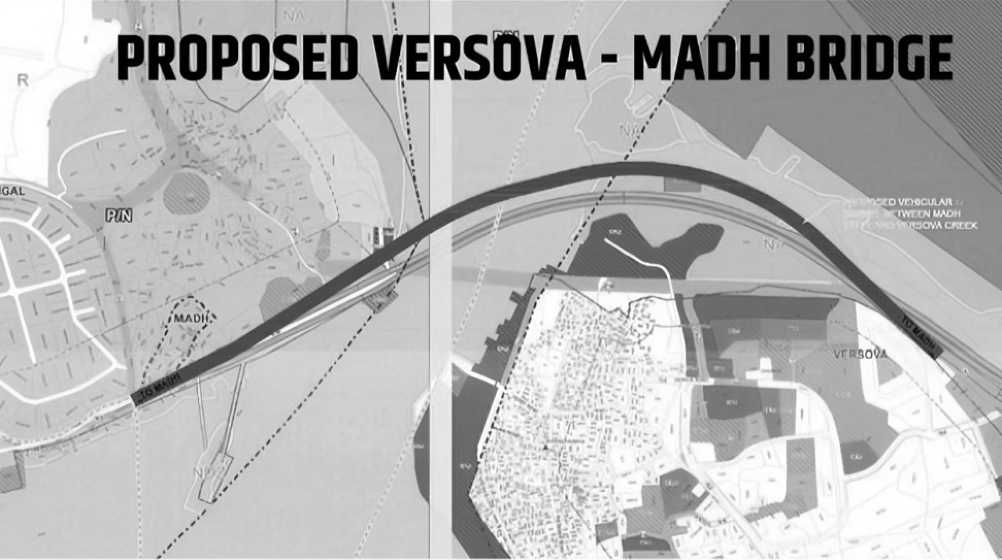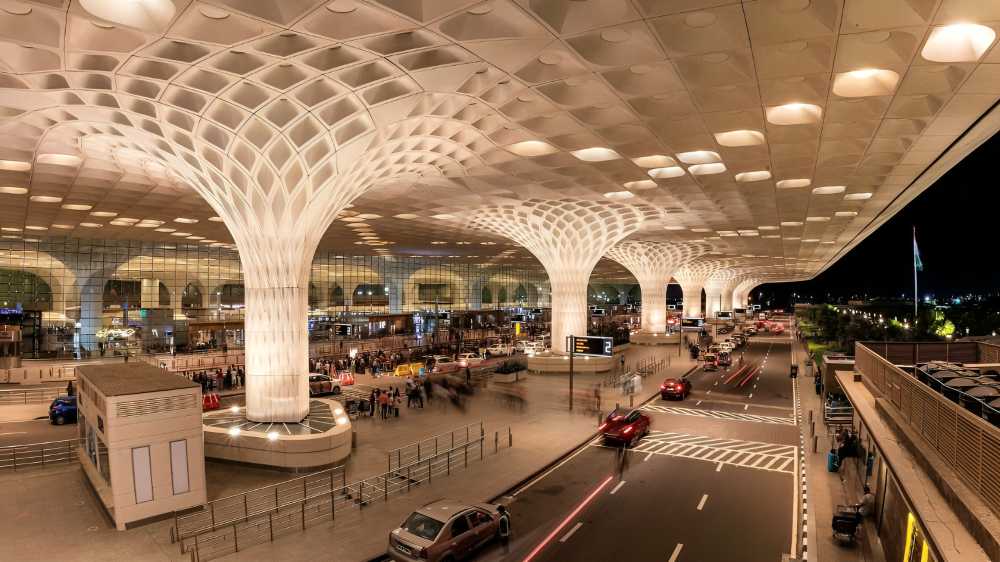July 9, 2025: The Maharashtra government is exploring the idea of allowing “potential” Floor Space Index (FSI) for buildings located within Mumbai’s airport funnel zone to ease redevelopment hurdles caused by height restrictions. The announcement was made on Monday by the Deputy Chief Minister, who also holds the urban development portfolio. The proposal is aimed at rejuvenating old buildings in areas like Vile Parle, Santacruz, Kurla, Dahisar, and Juhu.
Officials noted that many buildings from the 1970s and 1980s in these zones face redevelopment roadblocks due to aviation-related height caps. Although current norms permit basic FSI and Transferable Development Rights (TDR), developers argue these fall short of making projects viable. In response, the state will consult area legislators to consider adding “potential FSI” on top of existing entitlements. “We understand the challenges these buildings face and are prepared to explore potential FSI as a redevelopment mechanism,” said the Deputy Chief Minister, adding that the move aligns with sustainable urban development without compromising aviation safety.
This marks the first time TDR is being considered for use within the funnel zone—historically limited to land acquisition—indicating a policy shift toward redevelopment flexibility. Simultaneously, the government is moving ahead with plans to relocate high-frequency transmission towers owned by the Airports Authority of India in Andheri, Dahisar, and Juhu. Sites in Gordon and Madh have been shortlisted for the transfer, which is expected within 6–8 months.
Urban planners have welcomed both measures—tower relocation and potential FSI—as significant steps for Mumbai’s real estate future. However, experts urge that implementation must be equitable and transparent, ensuring small developers and marginalised groups also benefit. As consultations with lawmakers proceed, the reforms reflect a growing commitment to inclusive and sustainable urban growth.
Source: Urban Acres





